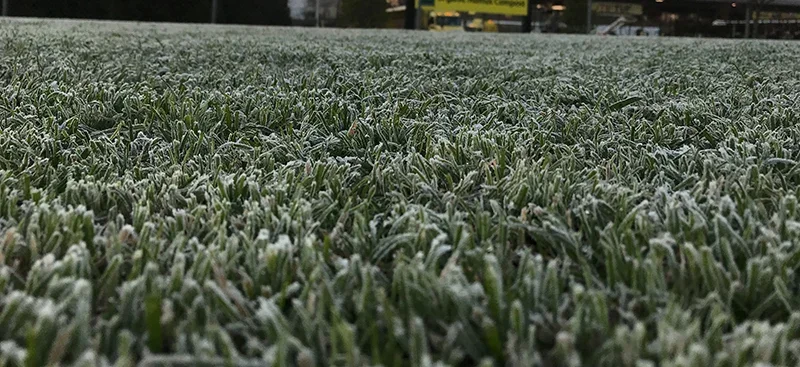Winterizer: Winter is coming
In our last blog, we talked about N-P-K, the main components of fertilization to keep your lawn green and lush. But as the trees turn colors perfect for social media photos, we now turn to fuzzy and heavy blankets to keep us warm and safe. Who’s there to take care of our lawn?
Fertilization isn’t just a one-time thing to keep your lawn perfect for that summer weather. Fertilization is an all-year process, and as winter is going to hit us, time to give our lawn a heavy blanket to keep it warm.
What is Winterizer?
"Winterizer" is a strategic treatment designed to prepare your warm-season grass for stress and ensure a stronger return in the spring. The purpose of a winterizer is to force the plant to focus its energy on survival and storage, not on top growth.
A true "winterizer" is a fertilizer blend that is high in Potassium (K) and low in Nitrogen (N). You generally should NOT use nitrogen-heavy fertilizer in the winter.
Benefits of Winterizer
Root Fortification: When the weather cools, your grass slows its blade growth but often shifts its energy to the roots. Potassium encourages robust root development, making the entire plant more resilient.
Cold Tolerance: Potassium helps thicken the cell walls of the grass blades, acting like a protective layer. This improves the grass’s ability to withstand cold snaps, light frost, and dry winter winds.
Disease Resistance: A potassium-rich diet helps grass fend off common winter turf diseases, such as Brown Patch fungus, which thrive on weak turf.
The window for a proper winterizer application is typically in the late fall (October to early November), right before the weather consistently gets cool. This allows the grass enough time to absorb the potassium and store the energy before the slowest growth period (December and January).

